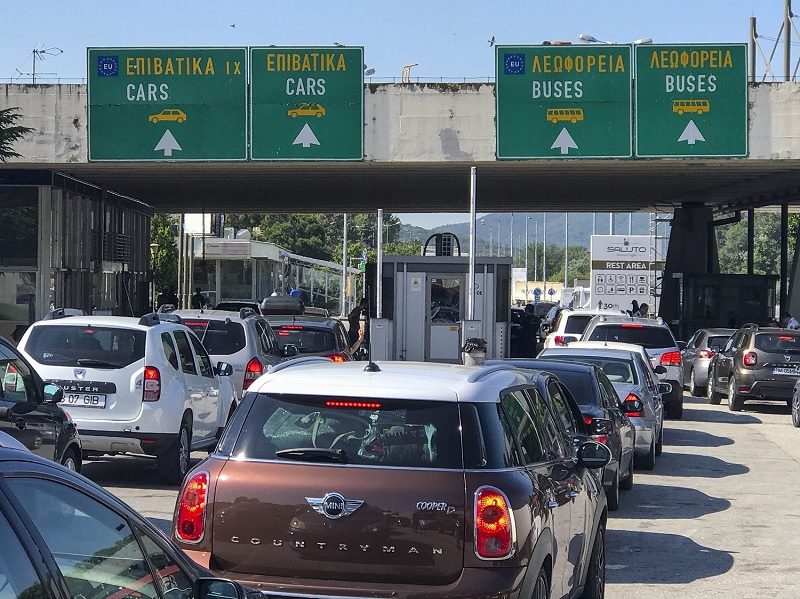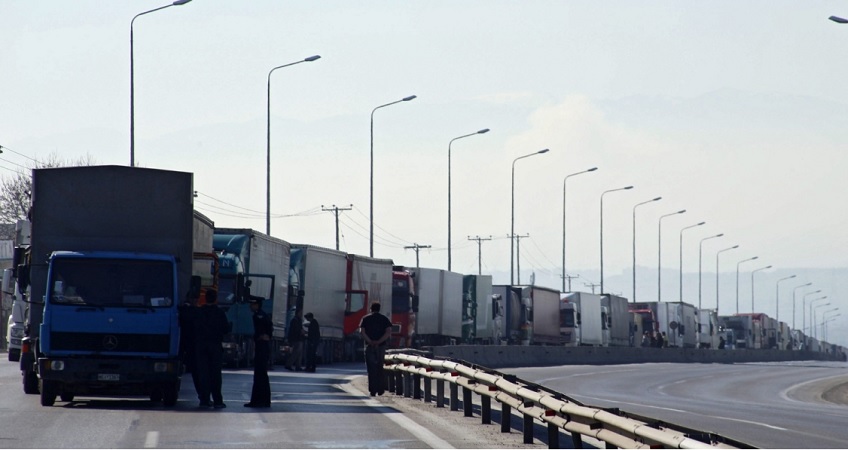Road Traffic Safety in Greece:
Greece, with its rich history, stunning landscapes, and vibrant culture, attracts millions of tourists each year. However, amidst its beauty lies a pressing concern: road traffic safety. Understanding the nuances of Greek road traffic safety and how it compares to European standards is crucial for both locals and visitors.

Infrastructure:
Greece boasts a diverse road infrastructure, ranging from modern highways to winding mountain roads. While major highways connecting cities are generally well-maintained, rural roads may be narrower and less regularly serviced. This variance in road quality can impact safety, especially during adverse weather conditions.
Moreover, Greece utilizes toll roads, with toll booths strategically positioned along major highways. These toll roads contribute to infrastructure maintenance but can cause congestion during peak travel times.

Road Safety Measures:
To address road safety concerns, Greece has implemented various measures, including speed limits, traffic signs, and road safety campaigns. Despite these efforts, road traffic accidents remain a significant issue, with factors such as speeding, drunk driving, and inadequate infrastructure contributing to the problem.

Aditional Information:
Apart from the challenges mentioned, it’s worth noting that Greece experiences an influx of tourists during peak seasons, which can further strain the road infrastructure and pose additional risks for road users. Additionally, mountainous regions and coastal routes, while scenic, can present their own set of challenges, including steep inclines, sharp curves, and limited visibility, requiring extra caution from drivers.
Greece’s efforts to improve road safety include ongoing investments in infrastructure upgrades, enhanced law enforcement measures, and public awareness campaigns. However, addressing the root causes of road traffic accidents requires a multifaceted approach, involving cooperation between government agencies, law enforcement, civil society organizations, and the public.
Educating both residents and visitors about safe driving practices, promoting the use of public transportation where possible, and investing in road maintenance and safety enhancements are essential steps toward reducing road traffic accidents and fatalities in Greece. By prioritizing road safety and implementing effective measures, Greece can ensure that its roads remain safe for all users, contributing to a positive and memorable travel experience for everyone.



Differences in Greek Road Traffic:
Greek road traffic exhibits several differences from the European norm. Firstly, driving habits tend to be more relaxed, particularly in rural areas, contrasting with the stricter adherence to traffic rules seen in some European countries. Additionally, Greek roads often feature narrower lanes and tighter turns, requiring heightened attention from drivers accustomed to wider and more linear roads elsewhere in Europe.

Toll System and Border Crossings:
The toll system in Greece operates through toll booths strategically placed along highways and major routes. Payment methods vary, including cash, credit cards, and electronic toll collection (ETC) systems. Tourists driving through Greece should familiarize themselves with these payment methods to ensure smooth travel.
Regarding border crossings, Greece, as a member of the Schengen Area, benefits from relatively seamless travel between European countries. However, travelers should still carry necessary documentation, including passports and vehicle registration papers, as border checks may still occur, especially for non-EU citizens.
Conclusion:
While Greece offers a mesmerizing journey through its roads, ensuring safety requires an understanding of the country’s unique traffic dynamics. Recognizing the differences in driving culture, infrastructure, toll systems, and border crossings can enhance the travel experience while promoting road traffic safety for all. Whether exploring ancient ruins or traversing picturesque countryside, a cautious and informed approach to driving in Greece is paramount.



Challenges and Future Directions:
Despite significant efforts to improve road safety in Greece, challenges remain. These include the need for continued investment in infrastructure upgrades, stricter enforcement of traffic laws, and enhanced public education initiatives.
One key area for improvement is the reduction of drunk driving incidents through stricter penalties and increased awareness campaigns. Additionally, addressing the issue of speeding, particularly on rural roads and highways, is essential for reducing the number of accidents and fatalities.
Furthermore, improving the quality of rural roads and enhancing road signage can help enhance safety for both locals and tourists. Investing in advanced technology, such as intelligent transportation systems (ITS), can also play a crucial role in improving road safety by providing real-time traffic information and alerts to drivers.
In conclusion, while Greece has made progress in enhancing road traffic safety, there is still work to be done. By addressing these challenges and implementing comprehensive road safety strategies, Greece can ensure safer roads for all and continue to attract visitors from around the world.
Kuba Gibas Ostrów
